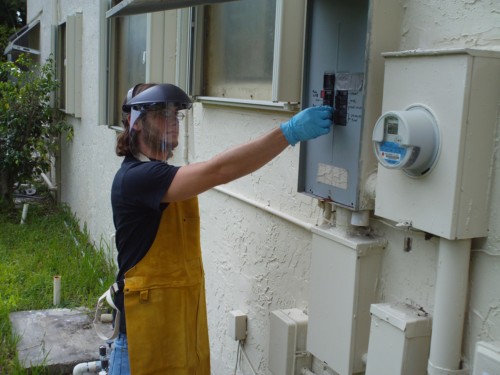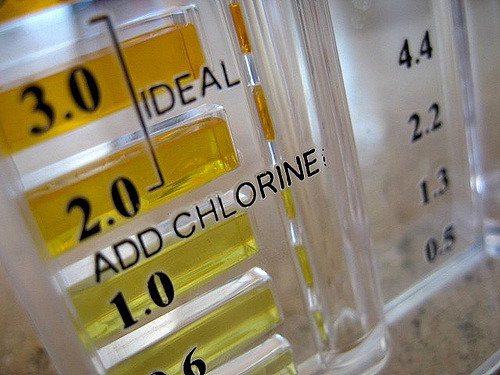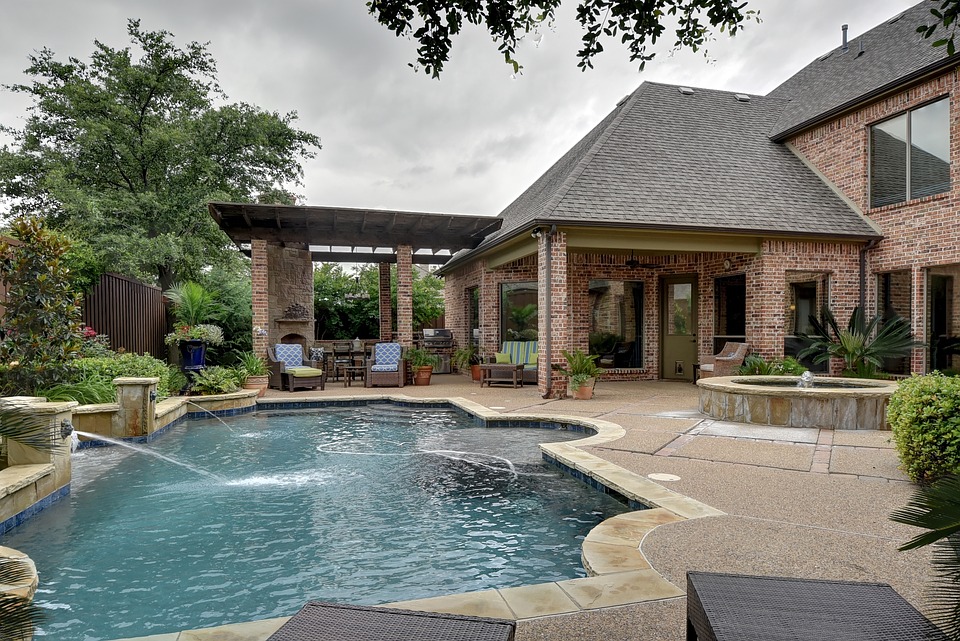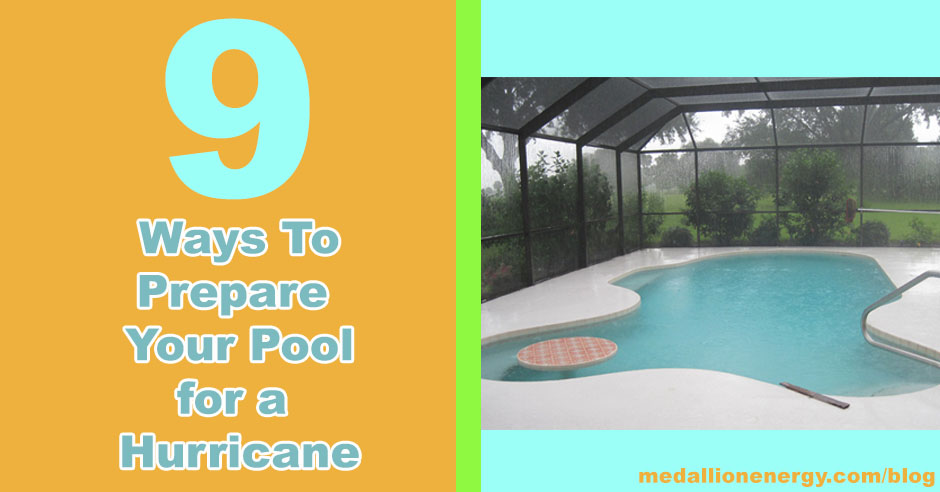Trying to find out how to prepare your pool for a hurricane?
This post will show you how
If you live in Florida, then chances are, you’ve dealt with your fair share of hurricanes. But hurricanes don’t discriminate. They can move from state to state, causing damage and making a mess.
And if you’re a pool owner, safety is everything. Which is why it’s important to make sure that your pool is hurricane-ready. It can save you time, money, and a whole lot of work to say the least. So whether you need to prepare your pool for a hurricane or a tropical storm, this post has the info you need.
Keep reading to learn 9 simple ways to prepare your pool for a hurricane, and protect your pool equipment from damage.
9 Ways To Prepare Your Pool For A Hurricane



1.) Power down your equipment
Once the storm or hurricane is announced, powering down your equipment is the best first step. In fact, it might be the most important step you take to prepare your pool for a hurricane.
Although many pumps and filter are resilient enough to operate during a storm, the likelihood of them getting damaged or overworked is high.
So save yourself the trouble, and power down your equipment at the circuit breaker. This includes your pump, heater, lighting, chlorinator, and all other electric equipment in your pool setup.
2.) Keep the pool (and pool equipment) filled
At first, it could seem like a good idea to empty your pool. It would save you the trouble of cleaning it out after the storm, right?
True, but, the main risk is the damage that can occur from randomly emptying your pool. The most probable being your pool popping out of the ground.
When a pool is filled, the water weighs it down, keeping it ground. But any empty pool can quickly be pushed out by natural erosion or the pressure caused by heavy rain.
So to be safe, keep your pool filled. And don’t worry, your pool equipment can stay filled too.
3.) Protect your pool equipment
If you have plastic tarps or sheets, now is the time to use them.
Wrap your pump, automatic timer, heater, and light fixtures in a few layers of plastic. Use duct tape and rope to secure the wrapping in place. If possible, physically disconnect power to the devices.



4.) Add more chlorine
This is one of the simplest, yet, most effective ways to prepare your pool for a hurricane.
The logic here is simple: adding more chlorine to your pool serves as a chemical defense against the contaminants that’ll be carried in by the storm. From dirt and acid
From dirt and acid rain to leaves and twigs, your pool chemicals will be working hard to keep your water clean.
So why not give them a much-needed boost to get the job done? A bag of chlorine pool shock should do the trick.
(Learn how to shock your pool)
5.) Store loose pool accessories
Pool noodles, floaties, diving rings, the beach ball — store those somewhere dry and safe, where they can’t be blown away. The last thing you want is a diving ring smashing through your windows.
6.) Secure patio and pool furniture
The same logic follows here. If you have a safe space, like a garage or a basement, go ahead and move all of your outdoor furniture into it.
But if that isn’t an option, then you can place heavier furniture like chairs and tables into your pool. Just go ahead and gently place right under the water.
It’s not the best option, but it’s a safe way to prevent a loose chair from crashing through the patio door.



7.) To cover, or not to cover?
In most cases, it’s best to leave your pool uncovered. In hurricane winds, loose tree branches and roof tiles can pierce and damage cover. And once that happens, replacement is pretty much mandatory.
That said, it’s less of a headache to clean out your pool after a storm than it is to replace your cover.
But, if you would still rather cover your pool, then consider: the strength of the storm/hurricane and the durability of your cover
Some covers are made with tougher materials that can withstand the elements. But, with heavier winds, less resilient covers can detach and go flying, so use your best judgment, and be safe.
8.) Do a little preemptive landscaping
The best way to limit post storm cleanup is by doing a little landscaping beforehand.
If you see any loose branches, shrubs, or leaves in your yards, gather and remove them. Trimming down trees and bushes with weak, or long branches is also a good idea.
Those branches are likely to end up scattered across your yard and pool anyway, so a quick trim doesn’t hurt.
9.) Hurricane-proof your screen enclosure
If you live in Florida, then there’s a good chance that your pool has a screen enclosure around it. They’re great for keeping out unwanted bugs and critters, but they’re easily damaged during storms.
[Bees and wasps getting into your pool? Try these tips]
The best way to protect your screen enclosure is by creating a path for airflow. You can do this by removing the screens, or by removing both doors. Creating a path of least resistance helps reduce a lot of the strain that would otherwise result in tears in the material.
Closing thoughts
If you follow the tips in this post, then even the toughest hurricanes won’t stand a chance against your pool. You’ll be protecting it from damage, and spending way less time sweeping up loose trees branches. Because let’s face it, playing pool games and relaxing on a floatie is a whole lot better than playing clean up right after the storm.
Once the storm passes, we recommend reading how to clean up your pool after a storm.
And if you’re looking for a few ways to lower your swimming pool bills and reduce heating costs, then check out theses posts:


